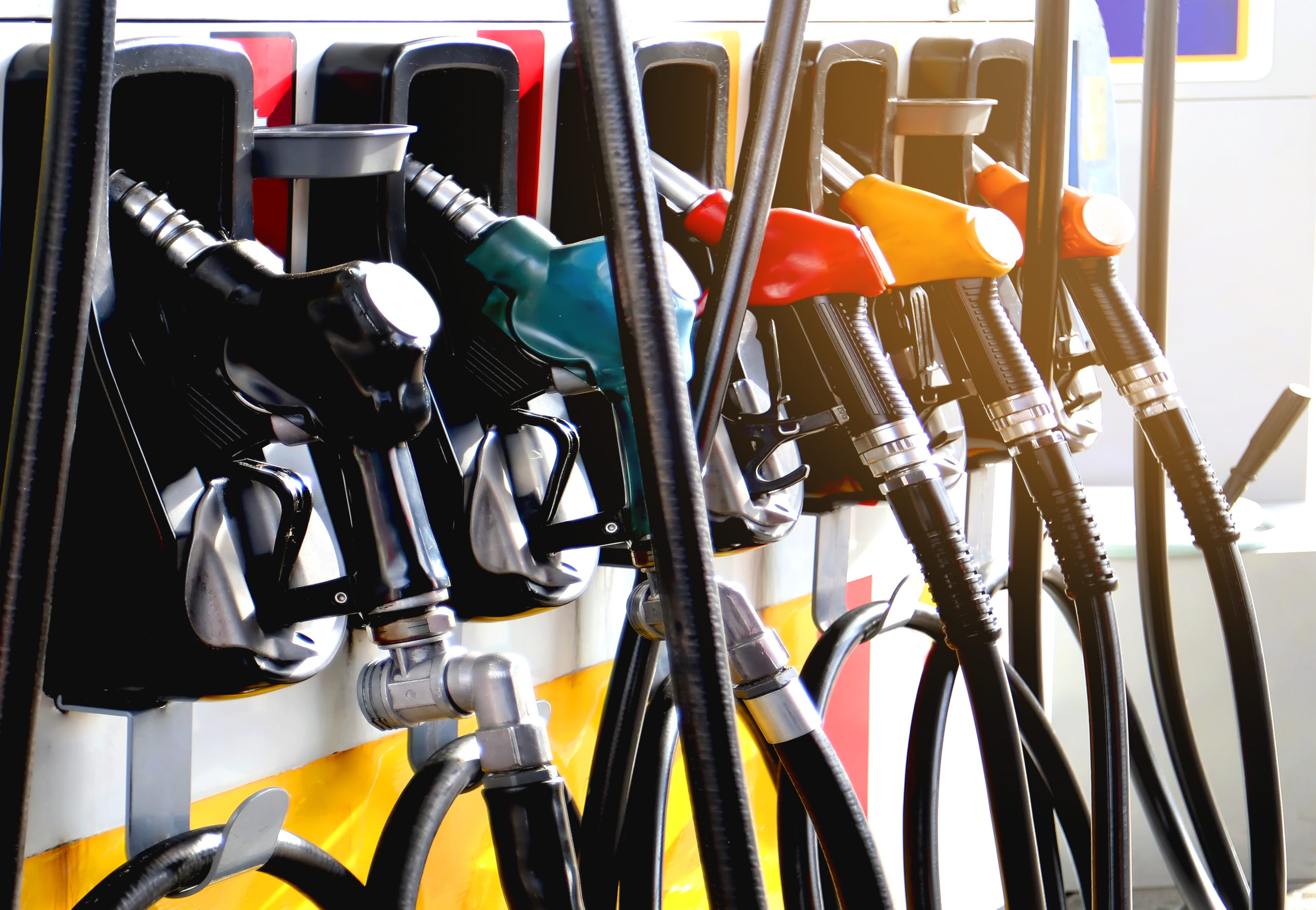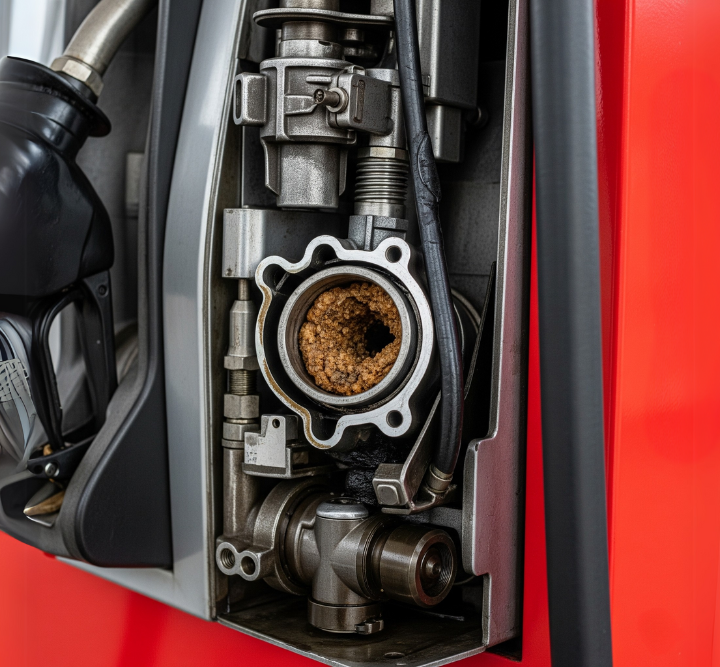Relying on manual gauge stick or dipstick measurements for wet stock inventory data introduces inaccuracy into your record-keeping and are potentially hazardous to employees.
Faulty Measurement Processes
With daily deliveries and frequent dispensing activity, the fuel level within the tank is constantly changing. Ripples in the tank from deliveries and tank tilt significantly limit the reliability of stick measurements. With so much going on it can be easy to rush measurements, misread the dipstick, or transpose data incorrectly, introducing errors because of the manual process for measurement.
Tank Chart Errors
A stick reading is only useful if it is being compared to an accurate tank chart. With no way to calibrate the measurements and systematically compare them to previous data, there are few options for ensuring accuracy. While tank charts do not cause a loss of fuel, an inaccurate tank chart will affect inventory and delivery data collected and could contribute to masking actual fuel losses. In fact, many discrepancies in fuel recording and variance reporting are the result of poor data capture because tank charts do not accurately represent how fuel is situated in the tank.
Manual Data Handling
Manual dipstick measurements also lead to manual data handling which introduces transposing errors and makes it difficult to compare or compile data across multiple fuel sites. In many cases, owners with multiple sites end up working in large spreadsheets and calling around to all their sites for point in time measurements that are then subject to faulty manual measurements. The process compounds the opportunity for errors and masks more serious fuel variance issues.
Employee Safety Concerns
When employees open the sump to take measurements, they are repeatedly exposed to harmful fuel vapors that can impact their health over time. The quiet, less busy, times on the site that are best for measuring tank volumes are frequently at night or early in the morning when visibility is low. This adds to the likelihood of a mis-read measurement, but also presents a safety concern that employees may not be visible to drivers on the forecourt. Depending on the size and depth of the sump there is also a safety concern with leaning directly over the open sump to take the measurement from an open port, increasing the likelihood that an employee could fall into the sump space.
Kick-off your gasoline station operations this 2021. Visit our website at www.toicsolutions.com to learn more!










